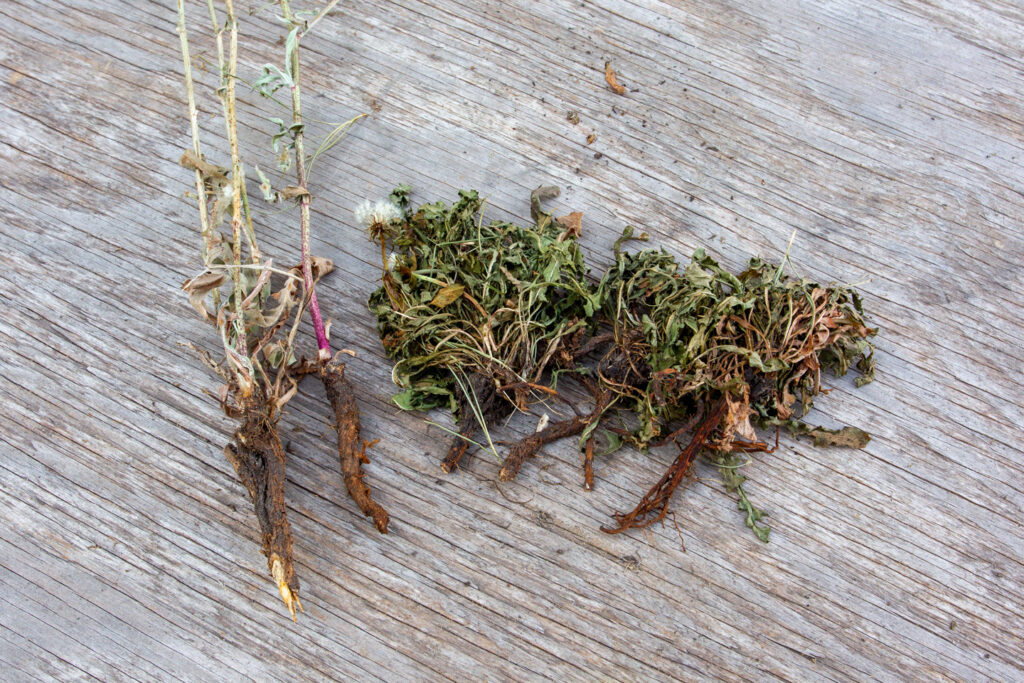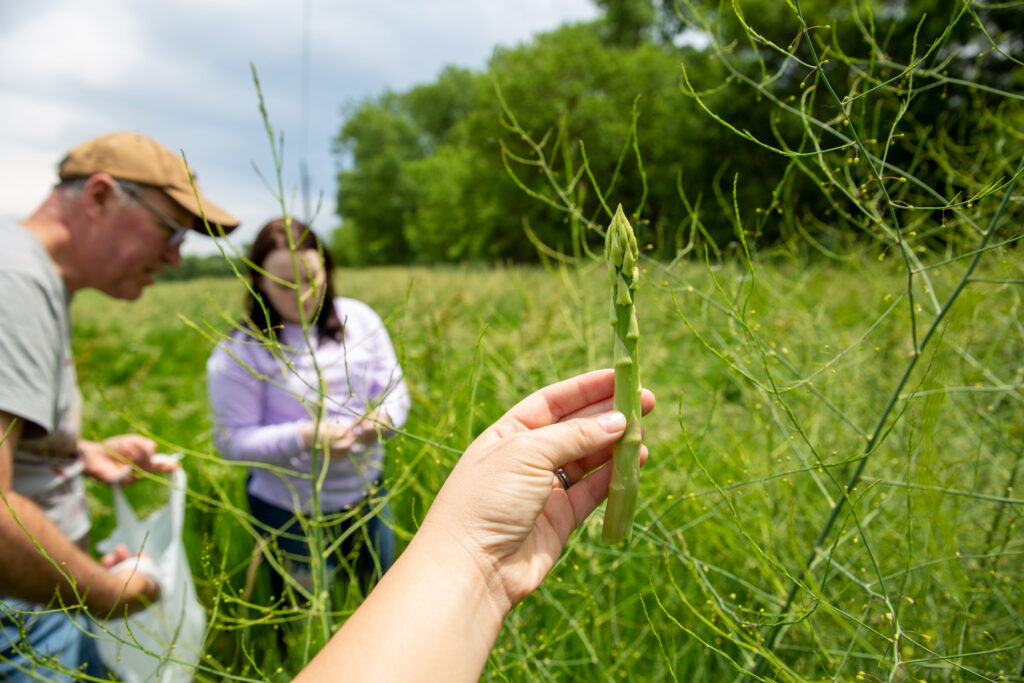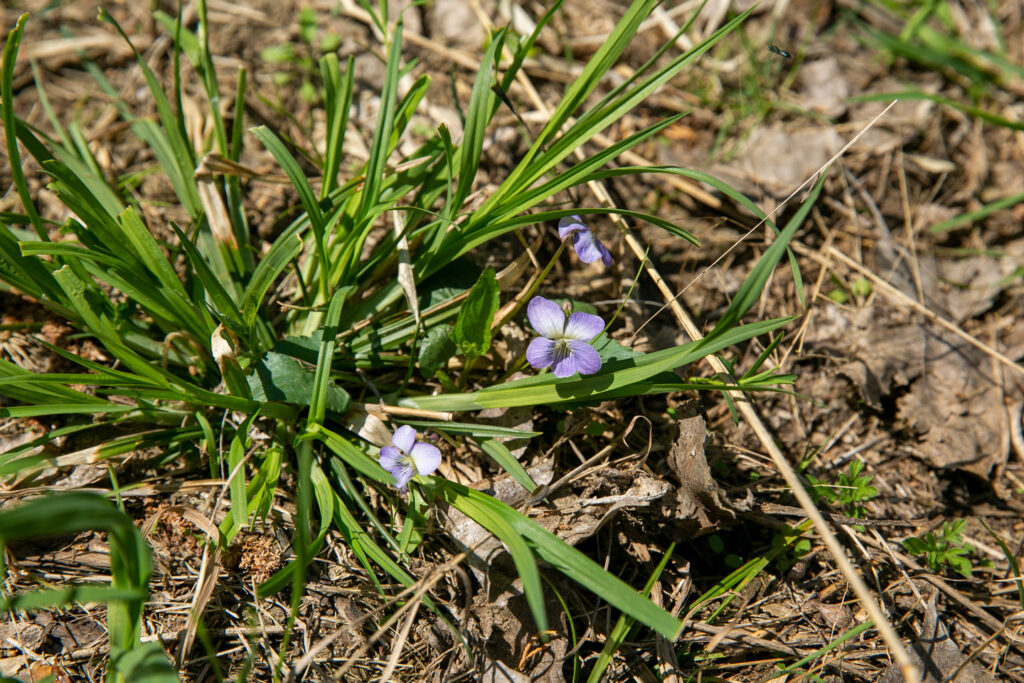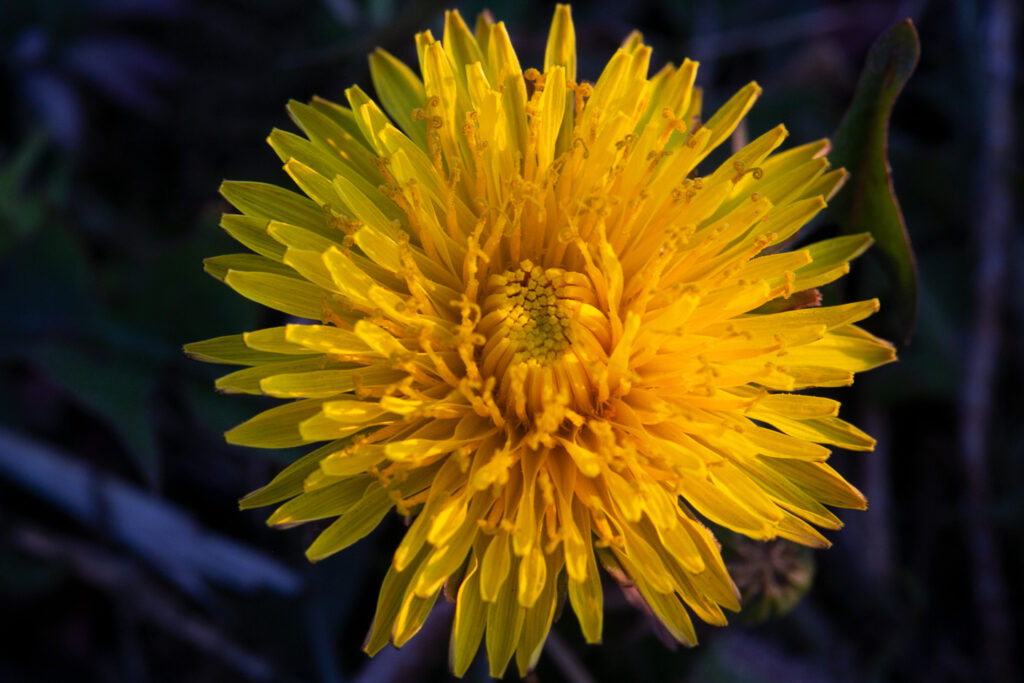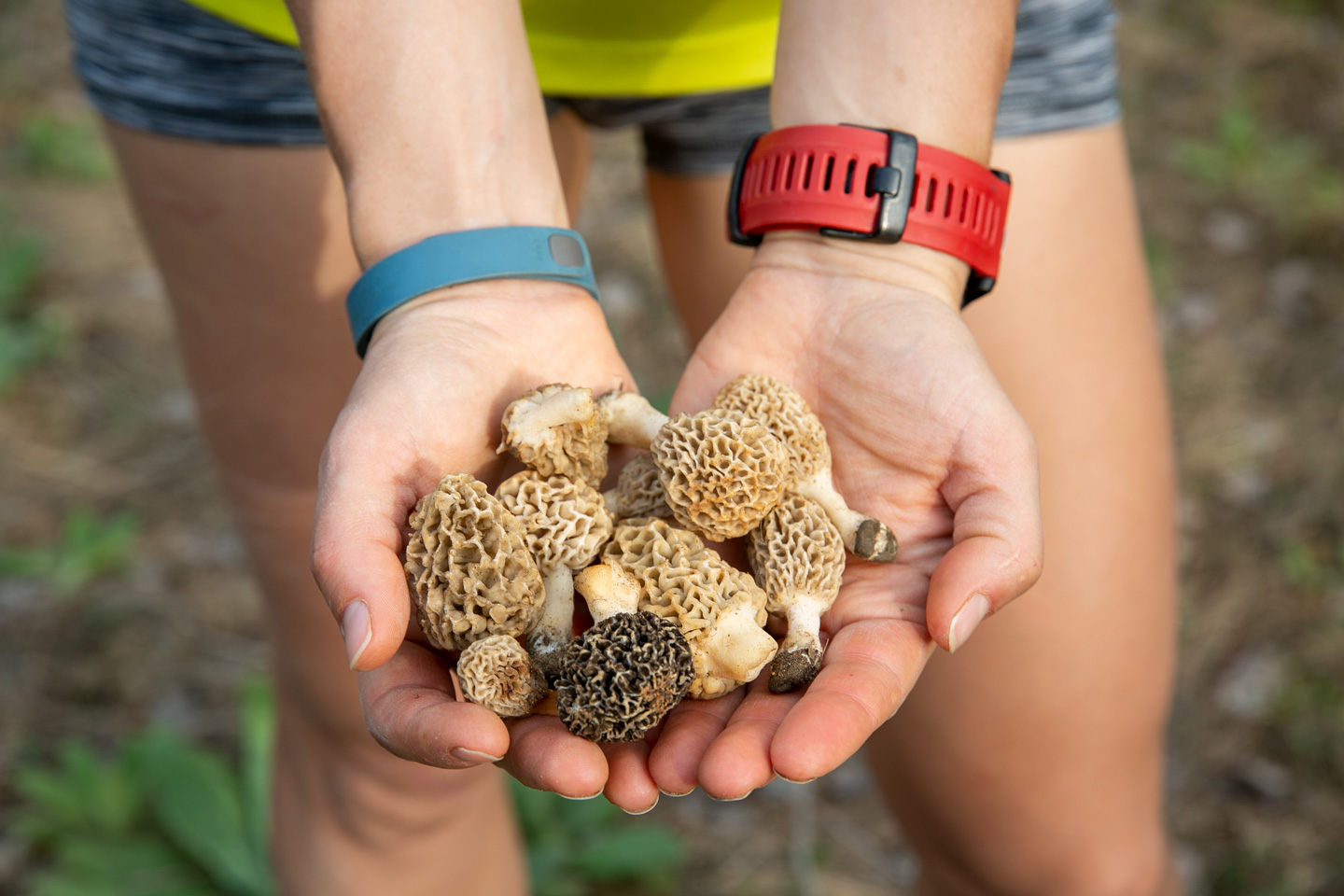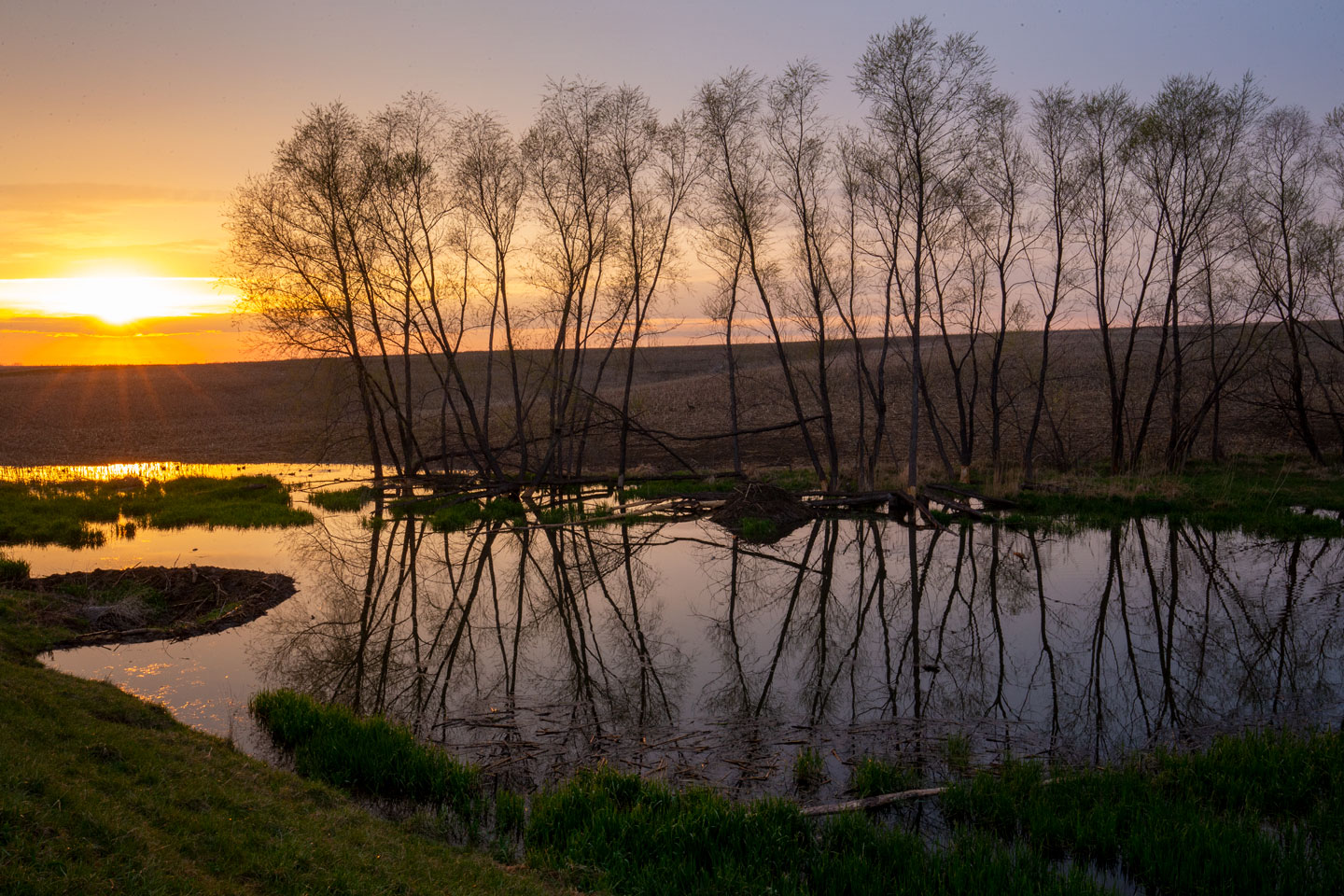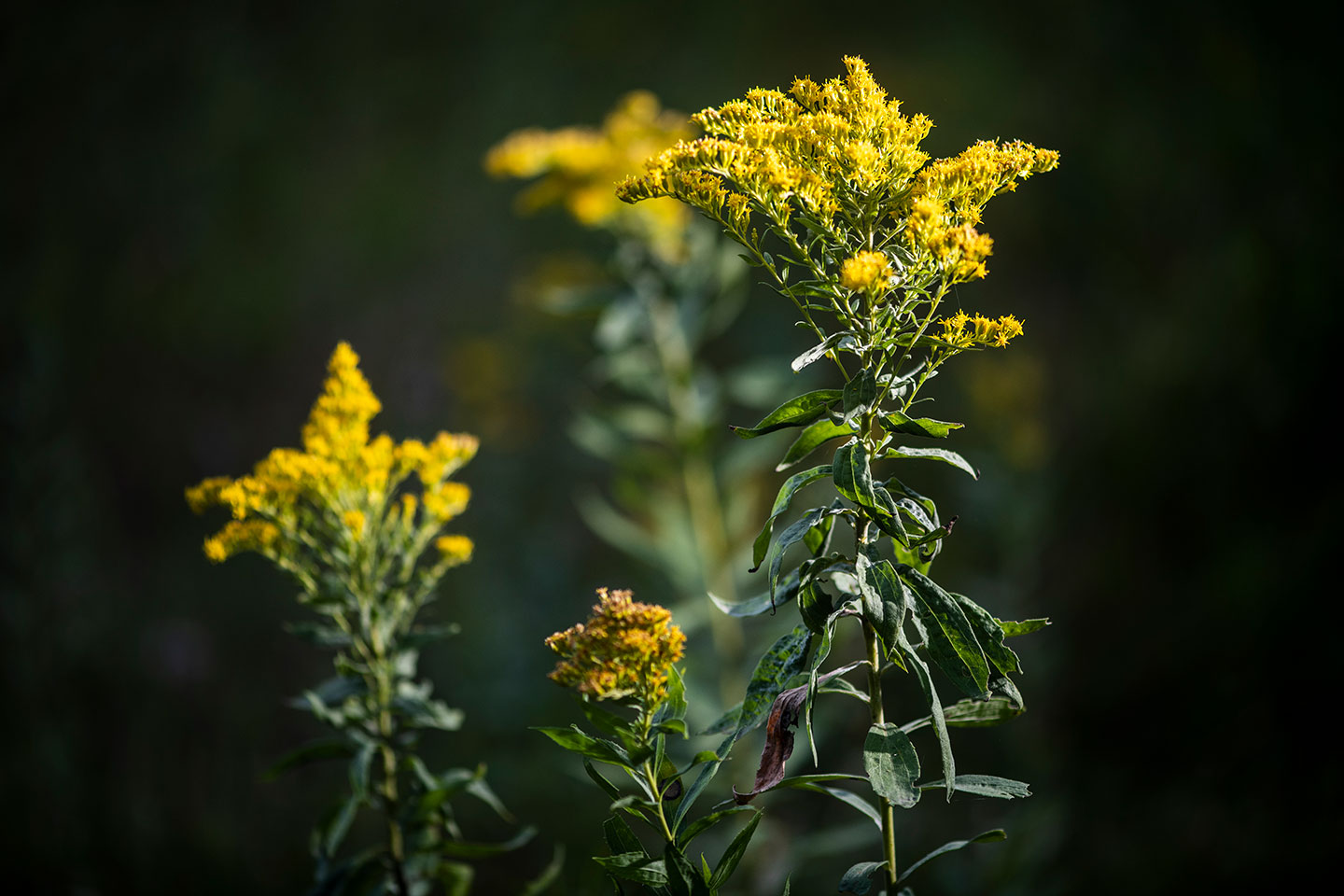Edible plants
Looking to harvest edible plants this year? Here are a few of our recommendations.
Wild asparagus
Easily identified and harvested, wild asparagus is a great introduction to foraging. In spring, look for it along ditches, roadsides, fence rows, pastures, wet meadows and around old farmsteads.
Common dandelion
Every part of the dandelion is edible, though some parts are tastier than others. The greens tend to be bitter, but in springtime, the more tender leaves are much less so, and can be mixed in a salad. The dandelion flower is much sweeter than the greens; just make sure to remove the green “base” during harvest.
Wild violet
One of the first plants to flower in spring, wild violets typically are found in sun-shaded or shaded moist areas with rich, well-drained soil. The tender, young leaves can be used raw in salads and the flowers are edible as well.
Stinging nettle
This plant is found in moist woodlands and meadows. Get the nettles while they are young or cut off the top four to five inches of the plants. For harvesting nettles, wear a long-sleeved shirt as well as long pants, shoes and socks, plus protective rubber gloves. Once home, a quick, effective parboil neutralizes the sting of the plant.
Common cattail
Usually found near the edges of freshwater wetlands, most of the cattail is edible. You can boil or eat raw the root stock, or rhizomes, of the plant, which is usually found underground. The best part of the stem is near the bottom where the plant is mainly white. Either boil or eat the stem raw. Boil the leaves like you would spinach. The corn dog-looking female flower spike can be broken off and eaten like corn on the cob in late spring when the plant is first developing.
Curly dock
The young tender leaves of this plant are tart but can be used in a salad as a wild leaf vegetable. The young leaves should be boiled in several changes of water to remove as much of the oxalic acid in the leaves as possible or can be added directly to salads in moderate amounts. You can find curly dock in seeps, glades, weedy meadows, pastures and fallow fields, vacant lots, roadside banks, graveled areas near railroad tracks, edges of yards and gardens.
As always, never eat any wild plant unless you are completely certain you have identified an edible species. Identification is your responsibility!

